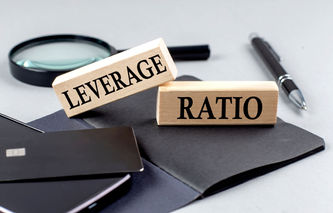Definition
The debt to equity ratio is an indicator of the leverage used by a company. The debt to equity ratio is considered a more stringent measure than the related debt ratio, since this metric tells the analyst how much debt is used to finance the company's assets relative to equity.
Calculation
Debt to Equity = Total Liabilities / Owner's Equity
Explanation
Companies need money to fuel their growth. If these new capital investments continue to provide additional profits to the business, then making interest payments to creditors is not problematic. If the company's business suddenly contracts, or the new capital investments do not provide the expected profits, then the company may struggle to make payments to creditors.
The debt to equity ratio relies on knowledge of the balance sheet equation: Assets = Liabilities + Owner's Equity. By examining the amount of debt (liabilities) relative to common stock (equity), the investor can determine the risk associated with this business. A lower debt to equity ratio indicates a safer investment to potential owners of the company.
Debt to equity ratios can vary by industry. When drawing conclusions about the relative performance of a company, benchmark comparisons should be made with competitors in the same industry.
Example
Company A's balance sheet indicates total liabilities of $16,196,000 and shareholder's equity of $15,420,000. Using the above formula, the debt to equity ratio would be:
= $16,196,000 / $15,420,000, or 1.05

.png)

